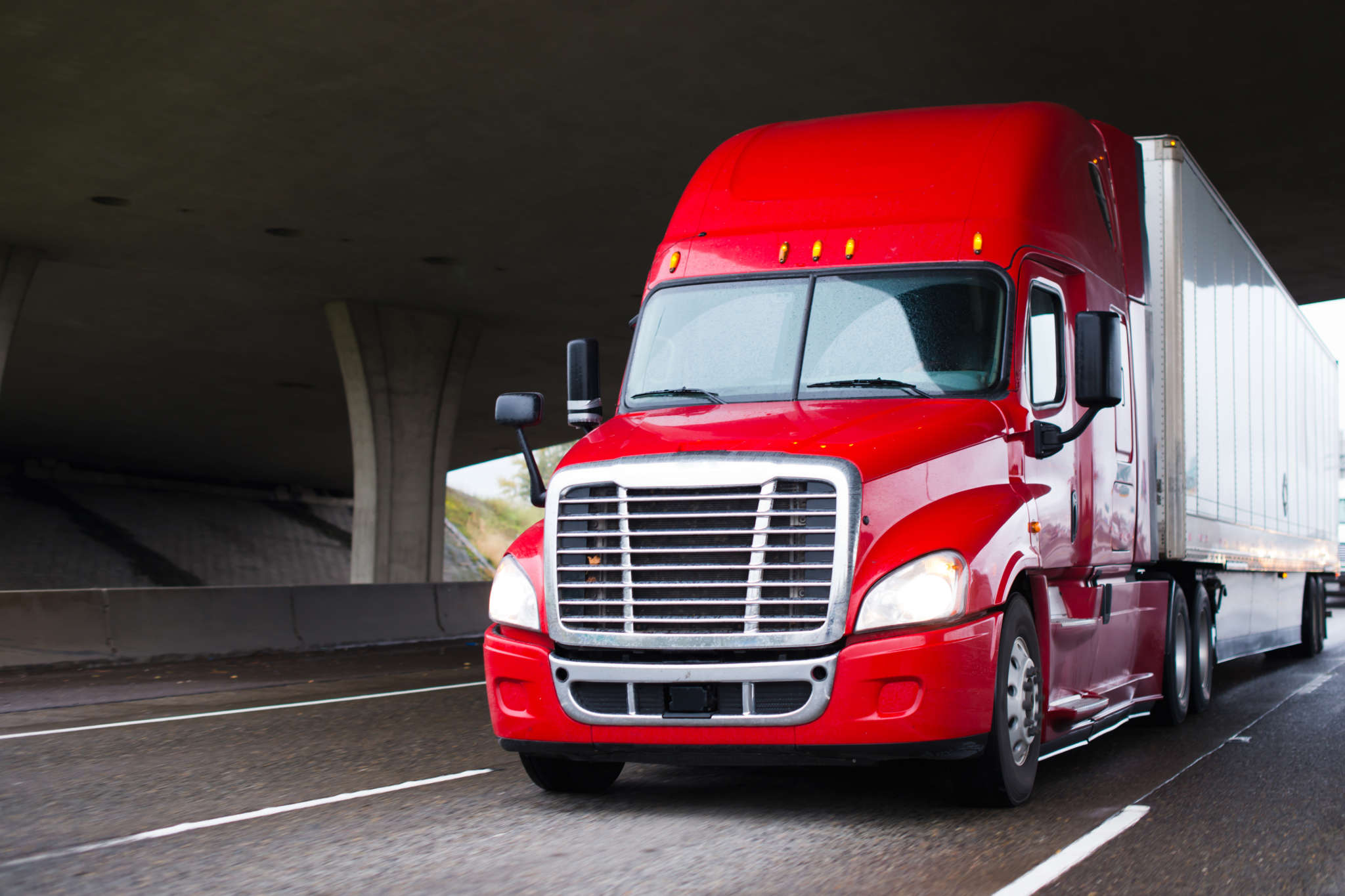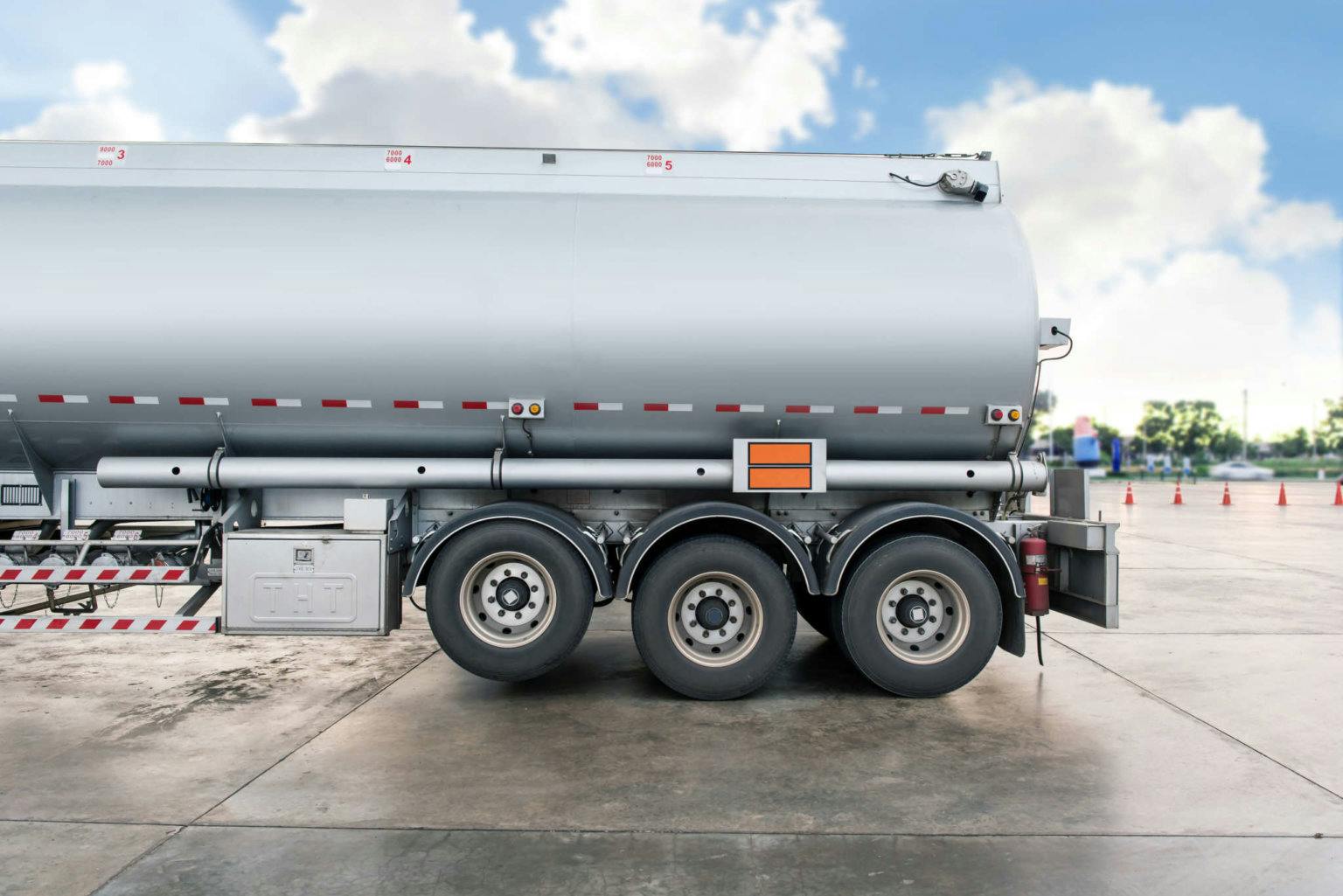How to Make a Higher Profit as an Owner-Operator

Find your next load
Make more money starting now.
The trucking industry has been called the driving force behind the political and economic history of the United States.
Because of a strong commitment to quality, a passionate focus on customer needs and satisfaction, and a constant push to improve technologies used in everyday business practices (and plain old hard work!), carriers have been successful at improving truck efficiency and reducing costs. But with an economy that’s constantly moving up and down, the driving force must continue to make changes to meet the challenges that always surface. Costs will constantly rise, and rates may not always keep up.
Read 9 Tips to Control Expenses in Your Trucking Business
Save Time.
Time is money. That means that one of the easiest ways to earn higher profits for your trucking business is to save time. From loading and idling to booking and negotiating, the clock is always ticking and that’s costing you cash. The goal is always to shave minutes where you can. One recent innovation that’s sure to save you time and avoid negotiations altogether is instant load booking with Book It Now loads. It’s a great way to build excellent relationships with brokers you trust. You can see real load details, rates, payment info, and more, so you can confidently book a load at any hour, with the click of a button. That’s time saved that translate to money in your pocket!

Cut costs.
The fastest way to significantly impact a company’s bottom line and profitability is not to generate more revenue, but to cut costs. Areas being considered to reduce costs are longer combination vehicles (triples) that provide increased weight with lower fuel consumption per ton-mile and have no impact on infrastructure. Also being tested are 60-foot vans and reefers to haul more cubic feet. Relocation of warehouses, changing shipper patterns, and improvements in packaging are under consideration by many companies. These are industry-wide goals on a large scale.

There are two areas that should be considered:
- Fuel because it is still the highest cost we have, and
- Detention time because 65% of drivers are losing revenue to detention.
A typical combination truck spends most of its operating time at highway speeds. The impact of speed on fuel economy depends upon many factors, but as a general rule of thumb, increasing speed by 1 mile per hour reduces fuel economy by about 0.1 miles per gallon. Excessive speed also leads to higher maintenance costs by increasing wear on the engine, tires, and brakes.
Poor fuel mileage can be a make-or-break proposition for many carriers, and whether you get 6 mpg or 8 mpg depends on your skills and habits as a driver. The way drivers handle their trucks has a major impact on fuel economy. It pays to encourage drivers to adopt the most efficient driving techniques.

Don’t rev the engine when starting a truck.
Let the engine warm up on its own. It takes about 10 minutes to reach adequate operating temperature. Warm-ups longer than 10 minutes, except in subzero temperatures, simply waste fuel. Run at the most fuel-efficient engine speeds.
Class 8 trucks consume about .8 gallons of fuel for every hour they idle, and engine idling is one of the most negative effects on an engine’s life. Long-haul rigs can spend 2,000 hours each year off the highway idling their engines. At .8 gallons per hour, that represents 1,600 gallons of diesel fuel consumed by each truck each year. Take that number and multiply it by the average cost of diesel, and you can see that the cost to fleets equates to big dollars per truck. Auxiliary power units reduce pollution, protect the environment, and bring your truck into compliance with anti-idling laws. You can turn off your engine, be comfortable, and turn down your fuel costs.

Pay attention to drag.
At highway speeds, aerodynamic drag accounts for approximately 65% of the fuel consumed by a tractor-trailer. The four major areas of aerodynamic drag on a tractor-trailer are:
- Front of the tractor
- Gap between the tractor and the trailer
- Side/underbody of the trailer
- Rear of the trailer

The 3 things owner-operators should keep in mind that can make a huge difference:
- The most fuel efficient and successful trucking fleets use aerodynamic trucks. Trailer tails, side skirts, eco-flaps, and airtabs are all simple, inexpensive modifications for reducing aerodynamic drag and significantly improving fuel mileage.
- A good tire maintenance program will improve tire wear and fuel efficiency (e.g. daily air checks, regular alignment checks, etc.).
- Preventive maintenance pays off by avoiding unnecessary and expensive repairs in the long run. It minimizes downtime, increases equipment lifespan, and saves fuel.
Trucking companies will never be able to afford to spend long hours sitting at a dock waiting to get loaded or unloaded. Changes to hours of service regulations have amplified the problem. We now see drivers leaving the industry and owner-operators going out of business because they can’t make a living sitting at a dock when no detention time is being charged. Detention fees are just a drop in the bucket when compared to what those lost hours actually cost in lost revenue.
Brokers and carriers must work together to eliminate time-wasters.
Capacity is created by moving more driver hours to the driving line which means no dock, paperwork, or inspection delays, as well as efficient appointments. Shifting operations to allow for weekend service may prove beneficial. Doing drop-and-hooks instead of live unloading will put more hours on the driving line and a better profit on the bottom line.
Learn more about the Truckstop Load Board, or contact us for a free demo!
Get helpful content delivered to your inbox.
Sign up today.
Find high-quality loads fast, get higher rates on every haul, and access tools that make your job easier at every turn.






